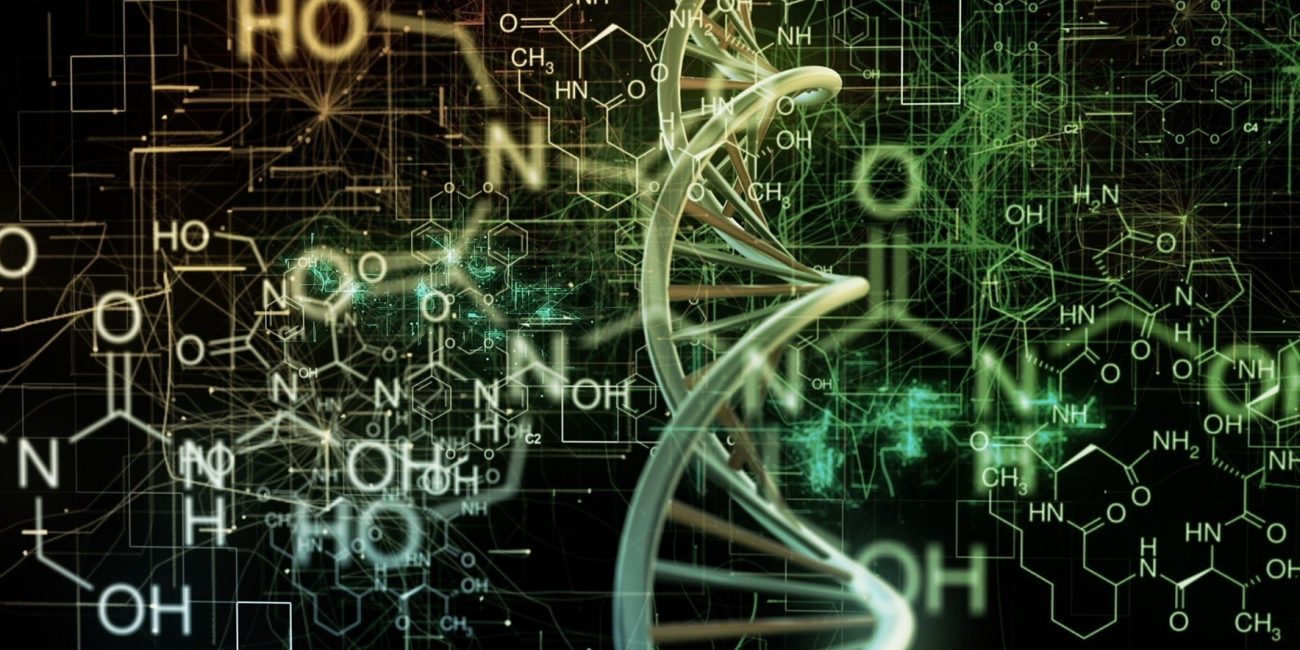Science this year has been full of breakthroughs — some solving old puzzles, others opening entirely new frontiers. Here are some of the most exciting recent discoveries in 2025 that are changing how we think about life, the universe, and what’s possible.
1. Quantum Science & Technology Takes Center Stage
2025 has been officially declared the International Year of Quantum Science and Technology. Wikipedia+1
One highlight: Canadian research on quantum error correction and mitigation is making strides, bringing us closer to practical, reliable quantum computers. arXiv
Also, scientists in China and the Netherlands are working on optical computing chips, soliton microcombs, and interferometer meshes—these could help make light-based, energy-efficient computation more feasible. Wikipedia
2. Regeneration, Aging, and Biological Repair
Some of the most inspiring science is around regeneration and aging:
- A study has clarified how blood stem cells change with age. After about 50 years, certain genetic clones dominate, increasing inflammation and disease risk. Understanding this could help design therapies to keep immunity stronger in older people. Dxb News Network
- Another major finding: researchers discovered Hand2, a gene that is key in limb regeneration in salamanders (axolotls). Humans have that gene too—it’s just usually silent. If we learn to activate it safely, this could change regenerative medicine. Dxb News Network
- In dental science, a Japanese team is conducting trials with a therapy that blocks a protein (USAG-1) that normally stops tooth formation; this could allow natural regrowth of missing teeth. Dxb News Network
3. AI & Early Detection Tools
Artificial Intelligence continues to push into diagnosing and predicting diseases earlier:
- Liquid biopsy technologies and early-cancer detection are being improved. At the WIRED Health summit, for example, experts discussed how these tools may change how we catch and treat cancer. WIRED
- Also, researchers are applying AI to recognize mood or mental health signals from voice, behavior etc., helping non-invasive screening. (Still in early-stage / research). Medium+1
4. Space & Discovery Beyond Earth
Our view of the cosmos is expanding fast:
- The Sun’s south pole was imaged for the first time by ESA’s Solar Orbiter. That gives us data on solar behavior in regions we hadn’t directly observed before. Wikipedia
- The Vera Rubin Observatory has started releasing images (first light) including galaxy clusters and nebulae, discovering thousands of new asteroids in the process. Wikipedia
- Also, astronomers are confirming new rocky exoplanets around nearby stars like Barnard’s Star—small planets that might be Earth-sized, which increase chances of habitable worlds. Wikipedia
5. Materials, Sustainability & Engineering
Several breakthroughs are in materials science and sustainable tech:
- A Japanese architecture firm 3D-printed a house using only local soil (no concrete), claiming it is five times stronger than their earlier model. This seems promising for low-carbon, sustainable building. The Times of India
- From polymer science: a “molecular chainmail”-type 2D polymer was developed, with extremely high density of mechanical (interlocking) bonds—offers strength and durability without heavy metals or bulky materials. Phystro
- Plant tissue regeneration: researchers figured out how bacterial cellulose promotes regeneration in plants—useful for agriculture, restoration, or crop innovation. icmab.cat
6. Science & Society: Events & Global Platforms
Science isn’t only labs—it’s also global schedules and collaborations:
- The Falling Walls Science Summit 2025 is soliciting breakthrough research projects from around the world across categories like life sciences, physical sciences, engineering, science-startups & science engagement. Falling Walls
- International cooperation is being emphasized especially in quantum tech, AI, climate tech, and public health.
Why These Matter
These discoveries are more than just “cool” — they are meaningful because:
- Potential for real impact: Regenerative treatments, early disease detection, better materials all have direct implications for health, environment, infrastructure.
- Sustainability & climate relevance: Houses from soil, efficient materials, sustainable architecture, reduction in dependence on plastics or heavy metals help with ecological goals.
- Technological foundations: Progress in quantum computing, AI, space tech sets stage for future tools we can’t yet fully imagine.
- Global inclusiveness: Some of these advances have potential for broad applicability (e.g., natural, low-cost materials, or treatments for common diseases). But access and scaling are still challenges.
Challenges & What to Watch
While many advances are promising, there are hurdles:
- Safety, ethics, regulation: Regeneration (especially in humans), gene editing, AI diagnosis—all require careful oversight, clinical trials, ethical frameworks.
- Scalability and cost: A 3D-printed soil house or molecular chainmail in lab is impressive, but mass-production and affordability remain big questions.
- Reproducibility & robustness: Many studies are early—some in animals or prototypes. Translating to human use or large scale can reveal unknown problems.
- Environmental trade-offs: New materials may have hidden environmental costs (manufacture, waste, etc.), so life-cycle analysis is important.
What to Watch Next
Here are some areas likely to produce big advances soon:
- Clinical trials of regrowth therapies: limb regeneration, tooth regrowth, stem cell-based repair.
- Fuller use of quantum devices: quantum sensors, error-corrected quantum processors, quantum communication networks.
- AI in mental health, diagnostics, early disease detection tools (via voice, imaging, wearable sensors).
- Sustainable architecture and materials: low-carbon building, bio-materials, biodegradable alternatives.
- Space exploration: exoplanet characterization, solar behavior, possibly new discoveries of Earth-like planets.
Conclusion
2025 is turning out to be a remarkable year in science. The work being done isn’t just pushing boundaries—it’s laying down foundations for better health, sustainable environments, deeper understanding of life and the universe. Some of what we read now may seem like science fiction, but it’s increasingly part of our near-future.
